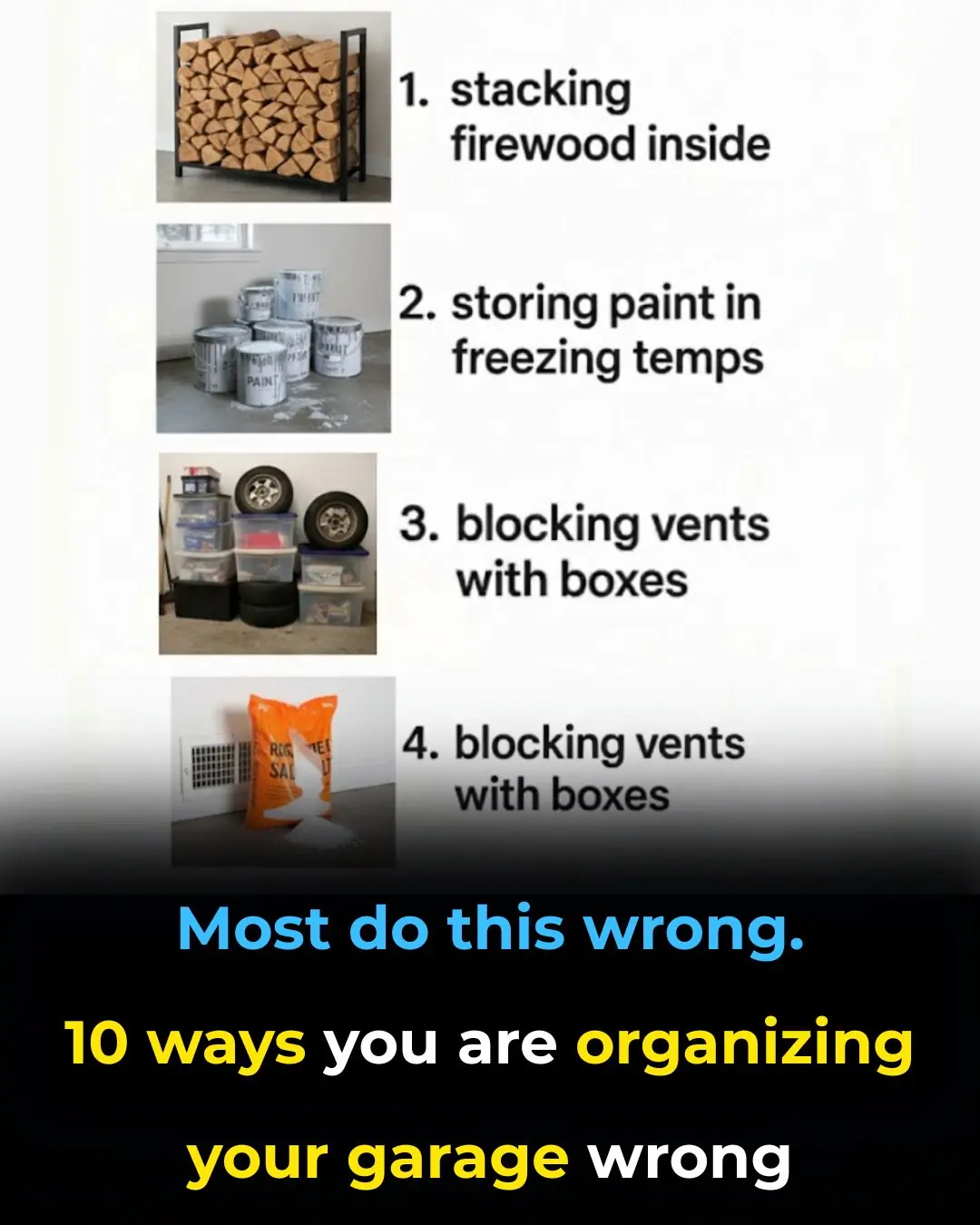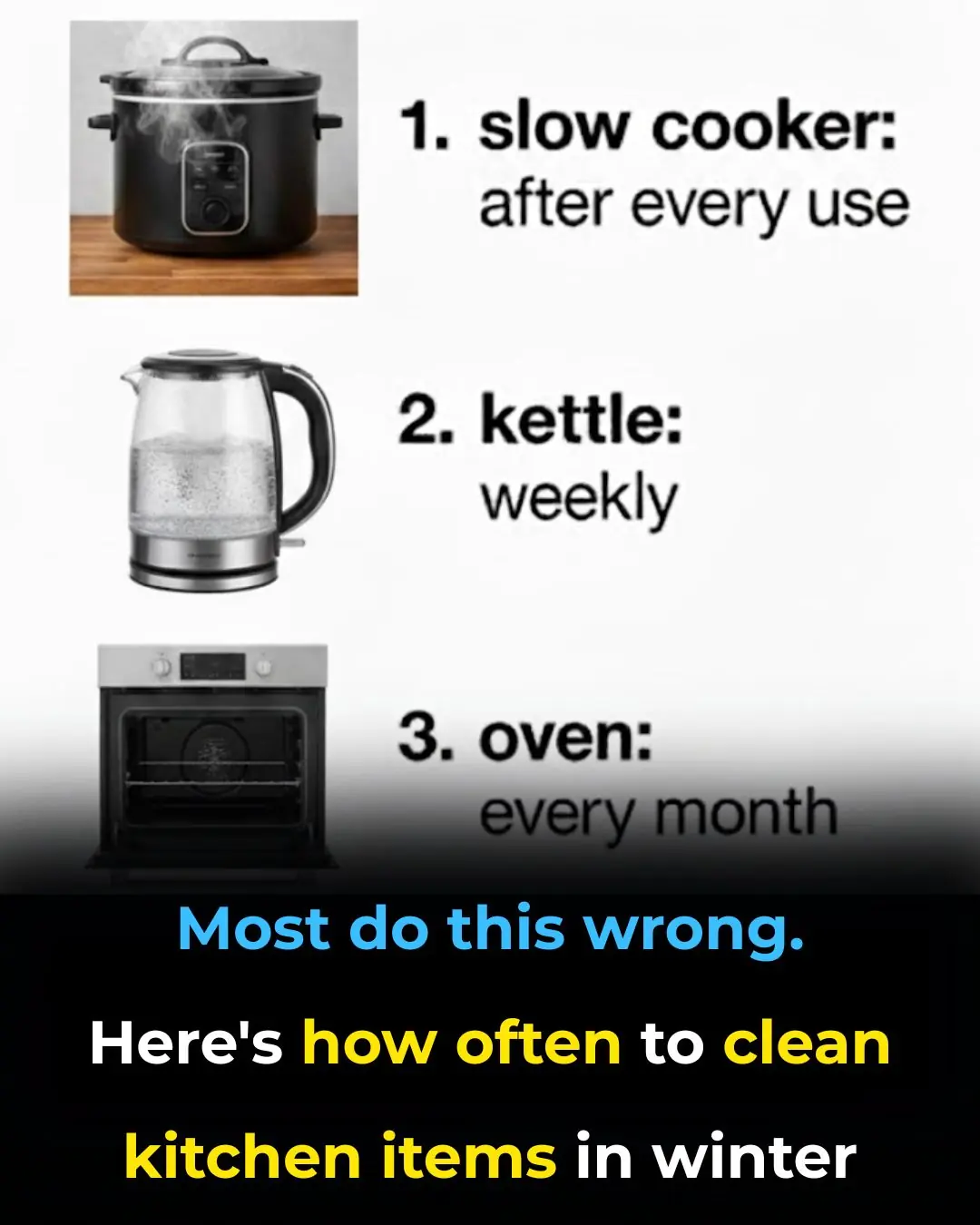
Most do this wrong. Here’s how often to refresh everything for winter
As the seasons shift, so too should our daily habits and the way we care for both our homes and ourselves. Winter, with its crisp air, frosty mornings, and long, dark evenings, calls for a special kind of attentiveness. Ensuring comfort, health, and coziness during these months means adjusting not only what we do but also how often we refresh the items that support our routines.
Many people aren’t entirely sure when to wash, rotate, or replace their household essentials once temperatures drop. This guide breaks down the ideal refresh schedule for your home and personal care—from bedding and wardrobe to skincare and car maintenance—so you can stay warm, comfortable, and well-prepared all winter long. With a few thoughtful habits, you’ll not only boost your comfort but also extend the life of the things you rely on most.
1. Refreshing Your Duvet Insert: Every 2–3 Months
Your duvet insert is the heart of winter comfort—keeping you warm while you sleep. To preserve its fluffiness and hygiene, give it a proper refresh every 2–3 months. Always check the care label first; while many inserts are machine washable, some require professional dry cleaning.
For machine-washable versions, use a gentle cycle with cold water and mild detergent. Toss in a couple of tennis balls or dryer balls during drying to maintain even loft and prevent clumping. This process eliminates dust, allergens, and moisture buildup, ensuring that your duvet remains both clean and insulating throughout the season.
2. Monthly Care for Your Mattress Protector
Your mattress protector silently defends against dust mites, allergens, and spills. Washing it once a month helps maintain a fresh, hygienic sleep environment. Use warm water and a mild detergent, avoiding bleach or harsh chemicals that can weaken the fabric.
After washing, air dry when possible, or tumble dry on low heat to prevent shrinkage. A clean protector not only supports better sleep but also extends your mattress’s lifespan—an easy monthly task with lasting rewards.
3. Winter Pillows: A Six-Week Refresh
Pillows absorb oils, sweat, and dust, especially when we spend more time indoors. During winter, wash them roughly every six weeks. Most synthetic pillows can go in the washing machine, but always read the label to confirm.
Choose a gentle cycle and mild detergent, then dry thoroughly on low heat—adding dryer balls can help maintain their shape. If you use down pillows, consider professional cleaning or a careful at-home refresh following manufacturer instructions. Fluffed, clean pillows can make a surprising difference in your sleep quality.
4. Weekly Washing of Flannel Sheets
Nothing says winter comfort quite like a set of soft, cozy flannel sheets. To keep them at their best, wash them weekly using warm water and a mild detergent. Skip fabric softeners, which can break down fibers and reduce that signature softness over time.
Whenever possible, line dry your sheets to preserve their integrity. If you must use a dryer, choose a low-heat setting. Regular care keeps flannel plush, clean, and wonderfully inviting—making bedtime something to look forward to.
5. Seasonal Rotation of Wardrobe Essentials
When the air turns cold, it’s time to reorganize your wardrobe. Bring forward winter staples like wool sweaters, thermal tops, scarves, and coats. Store lighter summer pieces in airtight containers or vacuum-sealed bags to save space and protect them from dust and moths.
Take this opportunity to declutter—donate or recycle items you no longer wear. A well-organized seasonal wardrobe not only makes getting dressed easier but also helps you rediscover old favorites you might have forgotten.
6. Updating Your Skincare Routine for Winter
Cold air and indoor heating can dehydrate your skin, so an updated skincare routine is essential. Switch to a richer moisturizer that locks in hydration and shields your skin from dryness. Incorporate a gentle exfoliant once or twice a week to remove dead skin cells and help your moisturizer work more effectively.
Adding a humidifier in your bedroom can counteract indoor dryness, keeping both your skin and sinuses comfortable. And don’t skip sunscreen—UV rays can still cause damage even on cloudy, winter days. By adapting your skincare regimen, you’ll maintain a healthy glow all season long.
7. Houseplants: Adjusting Watering Schedules
Just like people, houseplants slow down in winter. With reduced sunlight and cooler indoor air, they need less water—typically every 2–3 weeks depending on the plant type.
Make sure each plant still receives enough indirect sunlight, and gently wipe the leaves to remove dust, allowing for efficient photosynthesis. Watch for yellowing leaves, a common sign of overwatering during colder months. A small seasonal adjustment can keep your indoor greenery thriving until spring.
8. Refreshing Home Decor: Creating a Cozy Winter Retreat
Winter is the perfect time to transform your home into a comforting sanctuary. Replace lightweight summer accents with chunky knit throws, velvet or faux-fur cushions, and plush area rugs.
Add candles, lanterns, or soft ambient lighting to enhance the cozy atmosphere. Consider warmer tones—burnt orange, deep burgundy, or forest green—to visually warm up your space. These small shifts can make your home feel like a welcoming escape from the winter chill.
9. Car Maintenance: Preparing for Winter Roads
Cold weather can challenge even the best-maintained car. Before winter fully sets in, replace worn wiper blades with ones designed for icy conditions and fill your washer reservoir with winter-grade fluid.
Inspect your tires for proper tread depth and pressure, and consider switching to winter or all-season tires if snow is common where you live. Don’t forget to test your battery—cold temperatures can significantly reduce its power. These simple checks can prevent breakdowns and ensure safe, reliable travel during frosty months.
10. Checking and Updating Emergency Supplies
Winter storms can be unpredictable, sometimes causing power outages or impassable roads. Prepare by checking your emergency supplies at the start of each season.
Stock up on non-perishable food, bottled water, and essential medications for at least three days. Test flashlight batteries and keep extra blankets, warm clothing, and a first-aid kit within easy reach. A battery-powered radio is also invaluable for weather updates when the power’s out. A little preparation now can bring peace of mind later.
11. Winterizing Outdoor Equipment and Furniture
Before snow and ice arrive, take time to protect your outdoor belongings. Clean and dry garden tools, applying a light coat of oil to prevent rust. Drain and store garden hoses to avoid cracking, and cover or move patio furniture indoors if possible.
If you have outdoor cushions or decor, store them in waterproof bins or a shed. Taking these small preventive steps helps preserve your equipment and saves you from costly replacements come spring.
Final Thoughts
Refreshing your home and self-care habits for winter doesn’t have to be complicated—it’s about being intentional. With small, consistent efforts, you can create a cleaner, cozier environment and enjoy the season in comfort. As the cold sets in, let your home become your refuge—a place that feels both cared for and ready to welcome every snowflake that falls.
News in the same category


Stop throwing out old plastic food containers. Here’s 10 brilliant hacks to use them around the house

I had no idea

Most do this wrong. Here’s how often to clean gear in winter

Most do this wrong. Here’s how often to clean bedding in winter

Most do this wrong. Here’s how often to clean kitchen items in winter

Most do this wrong. Here’s how often to clean appliances in winter

Stop freezing these 10 foods

10 top types of house spiders & how to get rid of each one

These ideas are brilliant

10 top types of house spiders & how to get rid of each one

Don’t Throw Away Grapefruit Seeds – These Tiny Seeds Have Surprising Benefits

Sprinkle Salt Around Your Home on Rainy Days – It Sounds Strange, but the Results Are Amazing

Remove Bad Odors from Your Refrigerator Overnight with These Simple Tricks

I had no idea this was a thing

Add white vinegar to dishwashing water: Simple cleaning tips that will never be too expensive

Lady places cup of vinegar into microwave. Here’s the genius reason why

Works like a charm

My nana taught me this hack to make dusty blinds sparkle in 2 mins with 0 work. Here’s how it works
News Post

Meet The Owner Of The First Beauty Supply In New Paltz, New York

R&B Singer Lucky Daye Has Full-Circle Moment with MLK Day Halftime Performance

Meet Alvin Irby, One of Pepsico’s Black Changemakers Who’s Using Barbershops To Encourage Black Boys To Read More

Meet Charlie Mitchell, The First Black Michelin-Starred Chef In New York City And The Second One In The Nation

This Mom of Four Just Started Medical School at 43 Years Old

The #1 habit that’s destroying muscle in older adults—are you doing this?

The Hidden Consequences of a S*xless Life

Why Do We See “WC” and Toilet Icons Everywhere?

Clever Phrases Smart People Use to End Pointless Arguments

Most do this wrong. 10 ways you are organizing your garage wrong

Stop throwing out old plastic food containers. Here’s 10 brilliant hacks to use them around the house

I had no idea

Most do this wrong. Here’s how often to clean gear in winter

Most do this wrong. Here’s how often to clean bedding in winter

Most do this wrong. Here’s how often to clean kitchen items in winter

Most do this wrong. Here’s how often to clean appliances in winter

Double your hair growth with this “ONION JUICE” DIY

Salon like Keratin Treatment at Home
